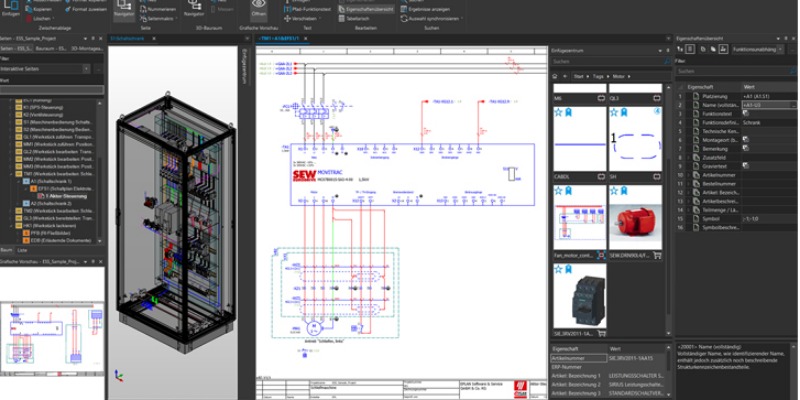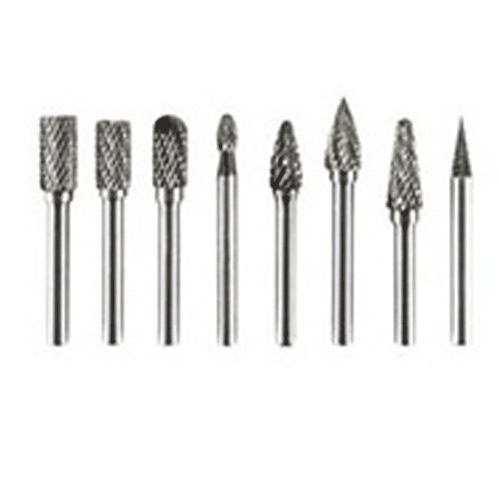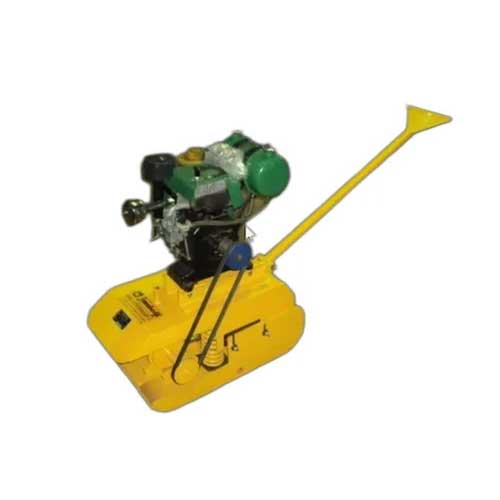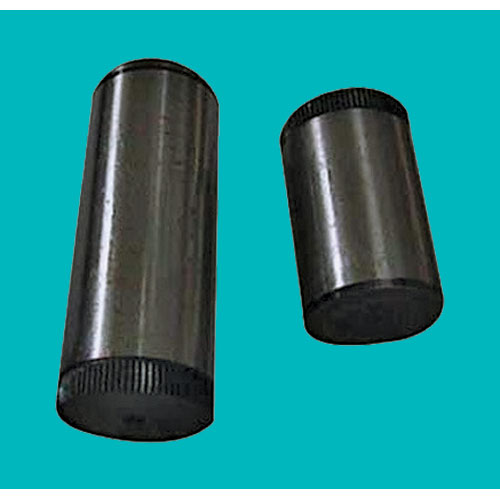Schedule a Call Back
Collaboration in the ecosystem: What matters
 Industry News
Industry News- Oct 30,21

Operators of production facilities, machine builders and system integrators, control cabinet manufacturers and component manufacturers all have one thing in common: they all work together along the value chain, from the planning through to operating a finished machine or plant system – and continuously exchange information in the process.
What does this process – the collaboration among the various process participants – look like today? In the planning phase, the characteristics of the desired machine or plant system are described. If the company has particular supplier specifications, these are also detailed and then passed on to the operator, who takes the specifications into account when designing the machine or system. The planning phase is followed by the preplanning process. Additional information such as devices, release lists from Excel, specifications in Word or preplanning tools such as Eplan Preplanning are taken into account and, in turn, are used by the basic engineering designers to prepare a quote, for instance. In the case of more complex production lines, this is traditionally taken care of by a system integrator, who is also responsible for the detailed engineering and for generating electrical and fluid-power schematics.
Data is enriched in the Eplan Project
The project created with systems of the Eplan Platform – Eplan Electric P8 or Eplan Fluid, for example – is now transferred to the control cabinet manufacturer. This manufacturer creates the virtual prototype of the switchgear system in the form of a 3D assembly of the control cabinet using Eplan Pro Panel. The control cabinet is then built, approved and commissioned by the operator. With the delivery of the switchgear system, the control cabinet manufacturer processes are complete. The company hands over the Eplan Project, which has been enriched with data, back to the machine builder or system integrator, who then commissions the machine or plant system based on the final project data. The project is then made available to the operator, who can access the current documentation, for instance using Eplan eView, in the event that servicing or maintenance becomes necessary, and who can digitally document any changes using the redlining function as needed.
This process describes the daily work in this ecosystem of industrial automation. The challenge, however, is that all the data for an automation project is created and added at various stations along the value chain. Often, all the project participants are working with partially inconsistent data, which ends up making the process even more time consuming and error prone. For instance, the drive power of a motor is changed at some later point in a project, but this change isn’t taken into account when the machine or plant system is commissioned. As a result, the documentation is not up to date.
A “data container†as the central source of information
This is where Eplan comes in: the systems of the upcoming Eplan Platform 2022, in combination with the new Eplan eManage cloud service, network together machine builders and system integrators, control cabinet manufacturers, component manufacturers and the operators of machines or plant systems. Sebastian Seitz, CEO, Eplan, explained: “We connect companies with their clients and suppliers via the cloud, for easy and secure data sharing. The Eplan Project as the central, digital model of an automation solution supplies all processes with the necessary data. What we’re talking about is a sort of ‘data container’ that is fed from the systems of the Eplan Platform. This generates added value in the digitised collaboration of allparticipants – through secure data transfer and central access to the Eplan Project.â€Â
A new feature includes the connection to the cloud via Eplan ePulse, which also significantly facilitates mobile working in design and engineering. Using the new Eplan eManage, projects can easily be uploaded to the cloud and managed and shared from there. More specifically, this brings together the worlds of on-premises software and the cloud. Clear access rights via role management ensure data security and provide flexibility for accessing projects.
Comprehensive, integrated and end-to-end digital data serves as a project accelerator. And don’t forget, the data are consistent and the data transfer is secure. Seitz continued: “With these optimised processes and increased efficiency, companies can optimise their machine and plant system design processes and sustainably increase the availability of their machines and plant systems. Collaboration among all participants ultimately increases the quality of the data and thus the added value.â€Â
Related Stories

IMTEX Forming 2026: Charting the Next Chapter of India’s Metal Forming Ecosystem
IMTEX Forming 2026, Asia’s largest metal forming and manufacturing technology exhibition, is set to return to Bengaluru from 21–25 January 2026.
Read more
For the foreseeable future, multiple fuels will coexist and grow: Farrokh Cooper
In this conversation with Rakesh Rao, Farrokh Cooper, CMD, Cooper Corporation, shares his views on manufacturing, technology and the road ahead.
Read more
High-Speed Clean Room Doors for Controlled and Regulated Environments
High-speed clean room doors are specialised industrial doors essential for maintaining controlled environments, providing an airtight barrier and enhance hygiene, safety, durability, and regulatory ..
Read moreRelated Products

Carbide Burrs
SRT Industrial Tools & Equipments offers a wide range of carbide burrs.

Jamshedji Soil Compactor
Jamshedji Constro Equip Pvt Ltd offers a wide range of jamshedji soil compactor.

Ground Pins
Hans Machineries Private Limited offers a wide range of pins, hardened & ground. Read more














